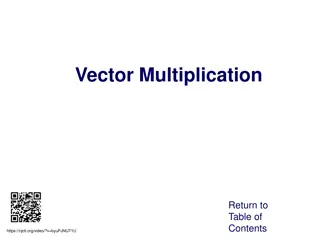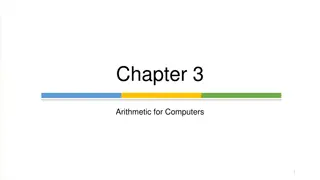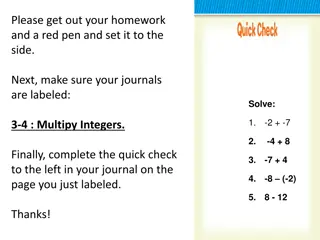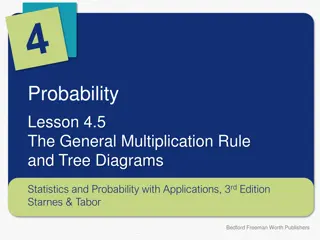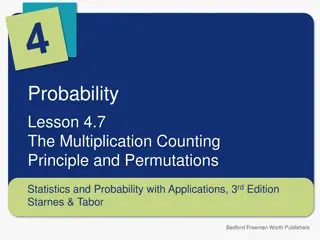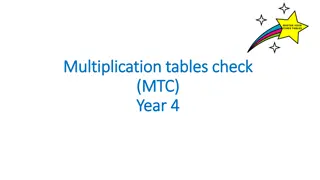Understanding Commutative Property of Multiplication
Learn about the Commutative Property of Multiplication and how it applies to arrays and grouping situations. Practice solving problems involving rearranging objects in different orders while maintaining the same total. Explore examples of different scenarios with arrays of objects like shells, cookies, and stamps to understand the concept better.
Download Presentation

Please find below an Image/Link to download the presentation.
The content on the website is provided AS IS for your information and personal use only. It may not be sold, licensed, or shared on other websites without obtaining consent from the author. Download presentation by click this link. If you encounter any issues during the download, it is possible that the publisher has removed the file from their server.
E N D
Presentation Transcript
Commutative Property of Multiplication LESSON 4-3 CCSS 3.OA.1, 3.OA.3, 3.OA.5
Warm Up Using the addition properties (Commutative, Associative, and Identity (Zero), fill in the blanks and identify the property that you used to solve. 2 + 6 = __ + 2 72 + ___ = 72 9 + (6 + ___) = (9 + __) + 3
Think and Write Imagine that I rearranged the desks in this room. Even though the desk groupings look different, would the number of desks change? Explain.
Commutative Property Describe the Commutative Property of Addition. Can anyone give an example? The Commutative Property of Multiplication says that no matter which order you multiply the factors (numbers) in, the product will stay the same. Example: 4 x 3 = 3 x 4
Problem 1 Cathy arranges some shells in two different arrays. One array has 6 rows of shells with 2 shells in each row. The other array has 2 rows of shells with 6 shells in each row. Do both arrays have the same amount of shells? Draw the arrays to solve.
Problem 2 Cassie and Amy are baking cookies. Cassie arranges her cookies into 3 rows with 5 cookies in each row. Amy puts her cookies into 5 rows with 3 cookies in each row. Explain how you know that Cassie and Amy have the same amount of cookies. Draw arrays to help you explain.
Problem 3 Troy puts his stamps into 3 rows with 4 pictures in each row. Mike puts his stamps into 4 rows with 3 pictures in each row. Who has more cards? Explain how you know.




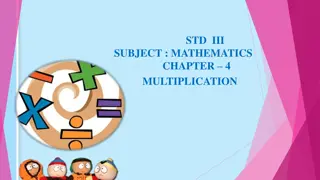



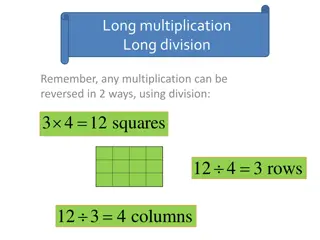





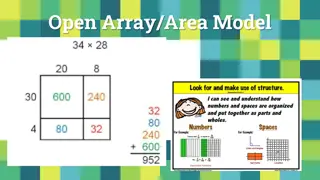
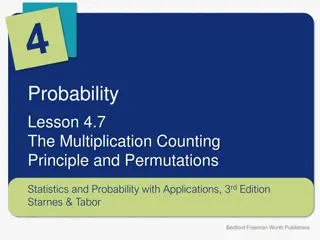




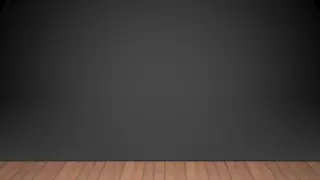


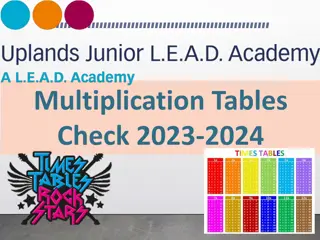


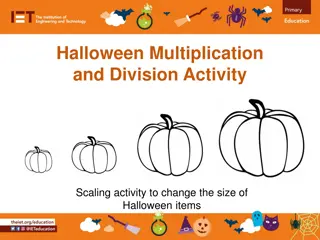
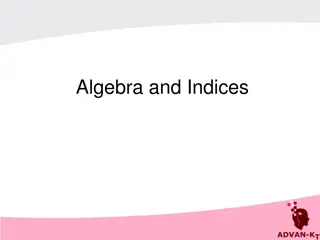


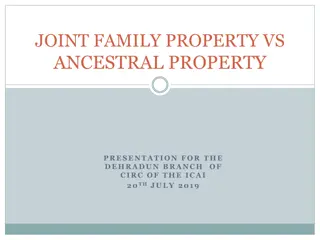
![Property Settlements in Family Law: Case Study of Stamatou & Stamatou [2022] FedCFamC1F 241](/thumb/63303/property-settlements-in-family-law-case-study-of-stamatou-stamatou-2022-fedcfamc1f-241.jpg)






